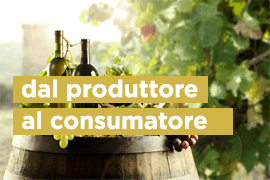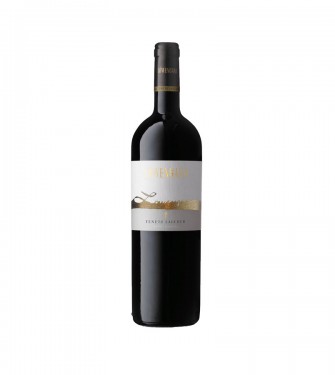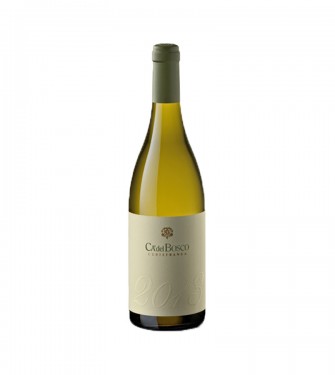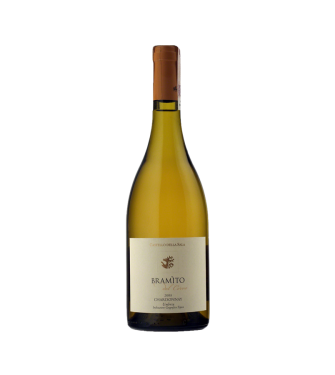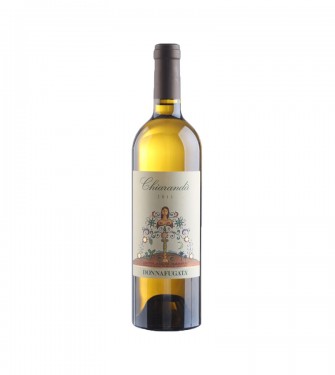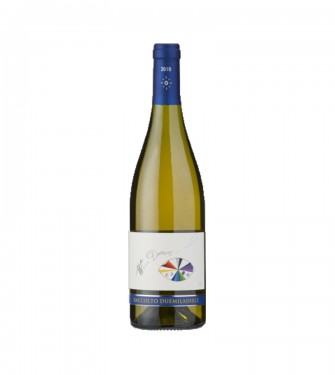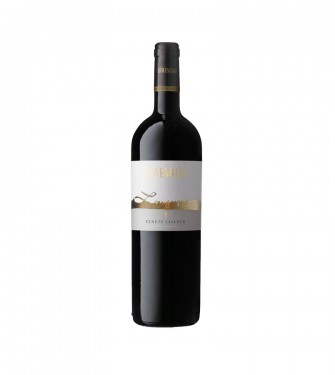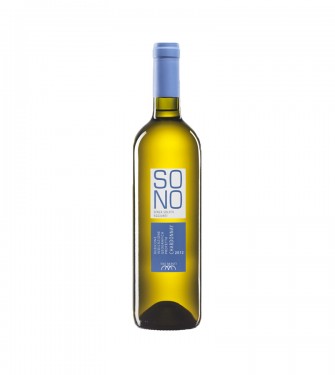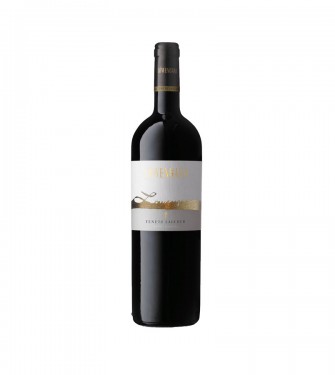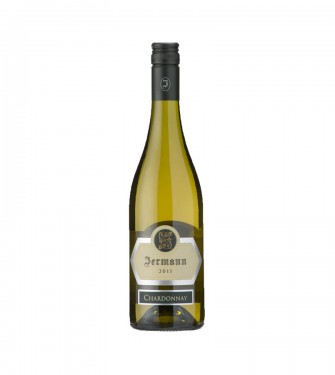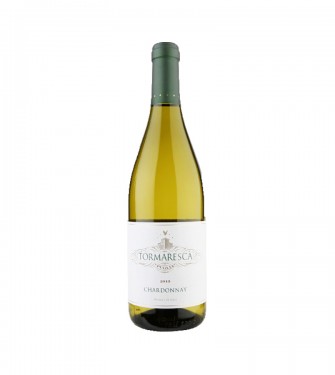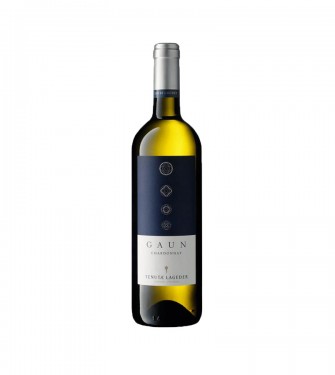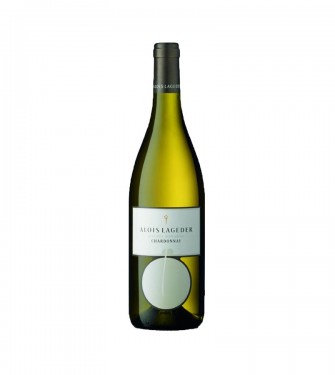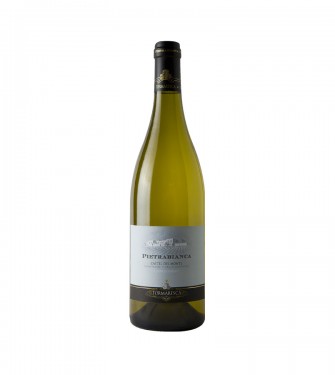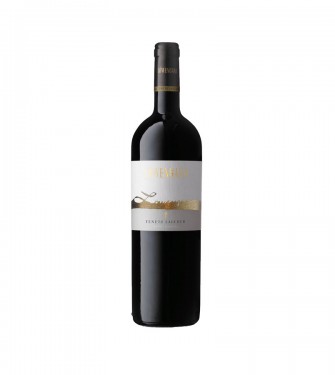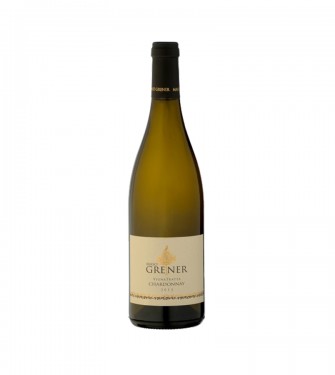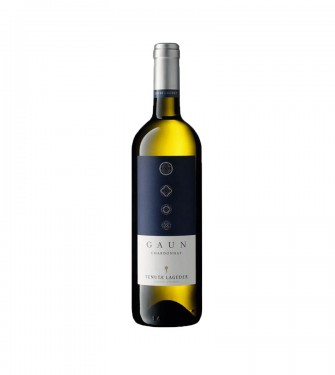Chardonnay WINES
The Chardonnay is a native grapevine of Burgundy, now present in all wine-growing areas of the world, also in Australia and California. In Italy it is cultivated in almost all regions and in the hilly area of Franciacorta it's used to produce sparkling wines, in France it's used to produce Burgundy and Champagne. (continue)
-
Prezzo di listino: € 65,87Special Price € 54,89 -17%
-
Prezzo di listino: € 24,95Special Price € 22,99 -8%
-
Prezzo di listino: € 19,67Special Price € 16,39 -17%
-
Prezzo di listino: € 35,51Special Price € 30,69 -14%
-
-
Prezzo di listino: € 100,19Special Price € 83,49 -17%
-
-
Prezzo di listino: € 61,39Special Price € 50,95 -17%
-
-
Prezzo di listino: € 14,43Special Price € 13,56 -6%
-
Prezzo di listino: € 46,07Special Price € 38,39 -17%
-
-
Prezzo di listino: € 26,27Special Price € 21,89 -17%
-
Prezzo di listino: € 92,27Special Price € 76,89 -17%
-
Prezzo di listino: € 16,13Special Price € 12,90 -20%
-
Prezzo di listino: € 46,07Special Price € 38,39 -17%
Chardonnay WINE
The Chardonnay is a native grapevine of Burgundy, now present in all wine-growing areas of the world, also in Australia and California. In Italy it is cultivated in almost all regions and in the hilly area of Franciacorta it's used to produce sparkling wines, in France it's used to produce Burgundy and Champagne. Chardonnay produces very alcoholic wines, with subtle floral aromas and tastes sweet, especially with the fermentation in oak, introduced technique with excellent results many decades ago. The wide range of aromas is due to the polyphenols contained in its peel, which provide to the wine a special olfactory character, complex and elegant.
The vine and wine-making
The bunch of the Chardonnay grapevine is of medium size, pyramidal and tight, the berries are of medium size, with peel on average substantial, tender and golden yellow color. It prefers warm-temperate climates, hilly terrain with clay and calcareous, the ventilated and cool environments, but is sensitive to spring frosts. Chardonnay has an incredible variety of aromatic components emerging in different ways depending on the soil and climate where it is grown. It's an essential ingredient of the best sparkling wines in the world for the very high level of alcohol and high acidity. The wine-making methods are different, it's often used the malolactic processing technique, applied after fermentation to convert malic acid into lactic acid, making it softer flavored, and it's frequently used the fermentation in oak barrels for 6-8 months.
Organoleptic properties
The Chardonnay has a color ranging from pale yellow to golden yellow, an aroma of ripe fruit (usually apple, pineapple or banana), a variable taste for the diversity of the places where it is cultivated and different production techniques.
Serving suggestions
Chardonnay lends itself to many culinary pairing, it is very suitable with seafood, shellfish and fish, but also excellent with poultry, pork or beef, especially if sautéed in butter or creamy sauces, and with cheeses include Gruyere, Provolone, and Brie.


